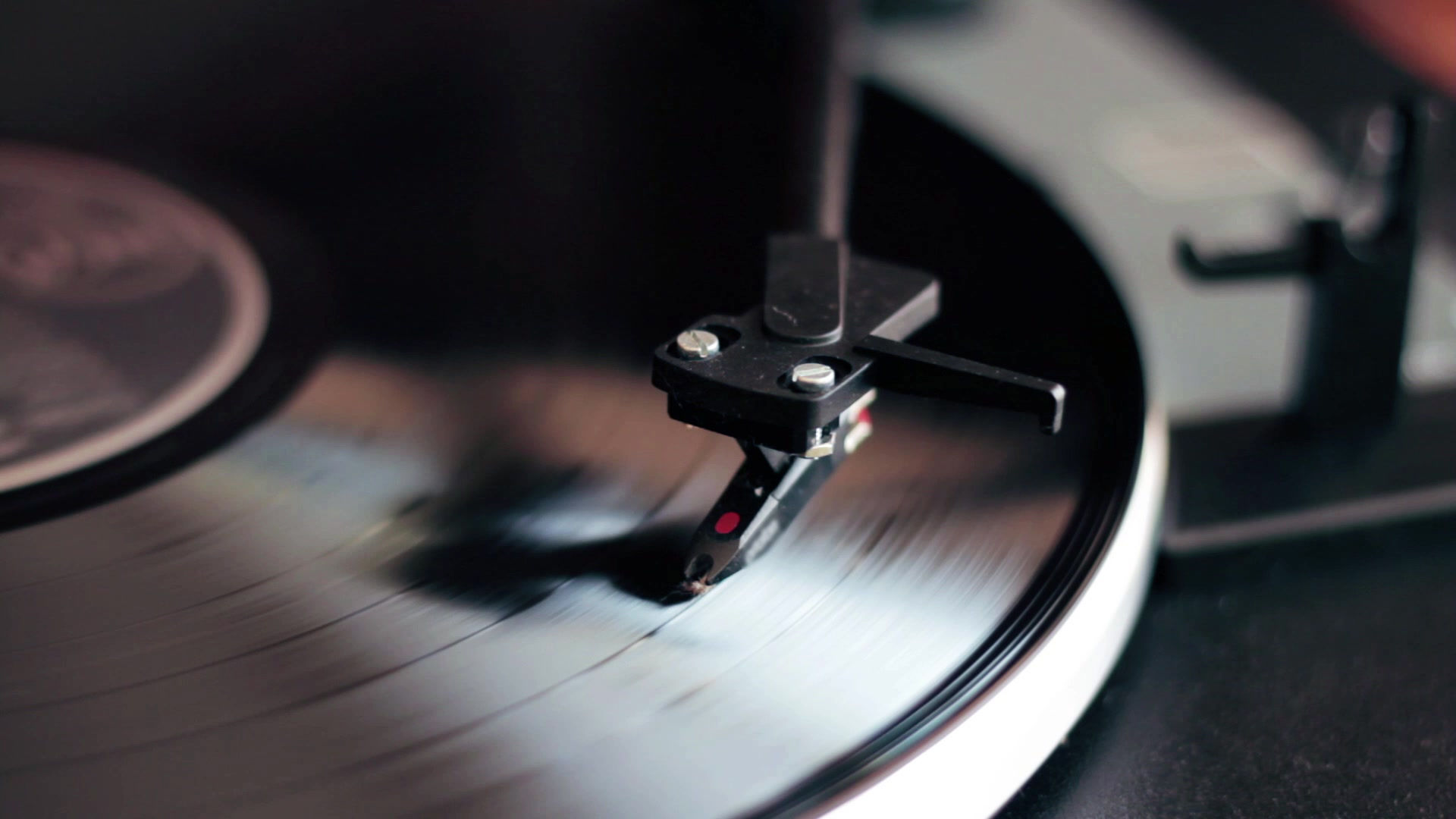
Comparative Analysis
For this task I made a cover of the song ‘1955’ by Hilltop Hoods. My partner Strahan and I chose this song because we liked its vibe. It had funky rhythms and we were excited about the spoken song Verses. We also thought that our abilities were enough to make a decent cover.
For comparison, here's the cover and the original:
Duration
Duration was one of the concepts we focused on changing. Overall we added in another bassline, which played very long and gentle notes, backing up the stronger, sharper bassline found in the original song. I also altered the notation of the drum part, generally added in notes such as the hi hat playing in the Verses and more crash cymbal in the choruses. However we did keep our tempo the same and both songs are in 4/4 time.
Dynamic and Expressive Techniques
We generally kept the dynamics of our cover the same as the original song. The leading vocal part was always the loudest and easiest to hear, in the Verses the bassline was very quiet and gentle while the drums were at a mezzoforte dynamic level, in the Pre Choruses everything drops it’s dynamics down low, in the Choruses the bass remained gentle and the drums moved to forte and in most of the bridge everything drops down low except for the vocals and then a crescendo at the end and a sudden drop in dynamics going into the next Pre Chorus. For expressive techniques the original song used short recordings of a man saying old radio ads, which we really liked and decided to record ourselves.
Pitch
The pitch of our cover is vastly different to that of the original, we brought it down an octave. We ended up having the piano and violin part also be played by the bass, removing a lot of the high pitches. Strahan and I also have much deeper voices than the singer of the Choruses in the original, Montaigne, so there was no way we were going to reach the octave she was singing in, so we had to bring it down for our vocal chords to cope.
Tone Colour
Tone colour was the other one of the concepts we focused on changing. The instrumentation in the original is two vocalists, spoken word, violins, trumpet, piano, bass, drums (electronic) and body percussion (finger clicking). The instrumentation of our cover is two vocalists, spoken word, trumpet (electronic), bass guitar, drums (acoustic) and body percussion (finger clicking). So seeing as we had gotten rid of the violin part, changed the piano part to be played by the bass and added another bass line entirely, our tone colour was very much more on the lower pitched side. I would describe our tone colour as deep, jazzy, funky, laid back and a little bit tinny.
Texture
The texture of the cover has been both thickened and thinned compared to the original’s. Due to the addition of another bass line and more notes being played on the drums, the texture has been thickened in the sense that there are more notes being played. However due to the pitch of the piano and vocal part being pulled down an octave lower and the disappearance of the violins, there is less contrast between high and low sounds throughout the song, thinning the texture out. The general texture of each section of the song is a soft, gentle sound in the Intro and Pre Choruses with not all of the parts playing, a considerably thicker texture in the Verses and Choruses as all the parts are playing and finally a smooth sound
Structure
The structure of the cover is the same as the one in the original. It goes as shown:
4 Bar Intro
Verse 1
Pre Chorus
Chorus
Verse 2
Pre Chorus
Chorus
Bridge
Pre Chorus
Chorus